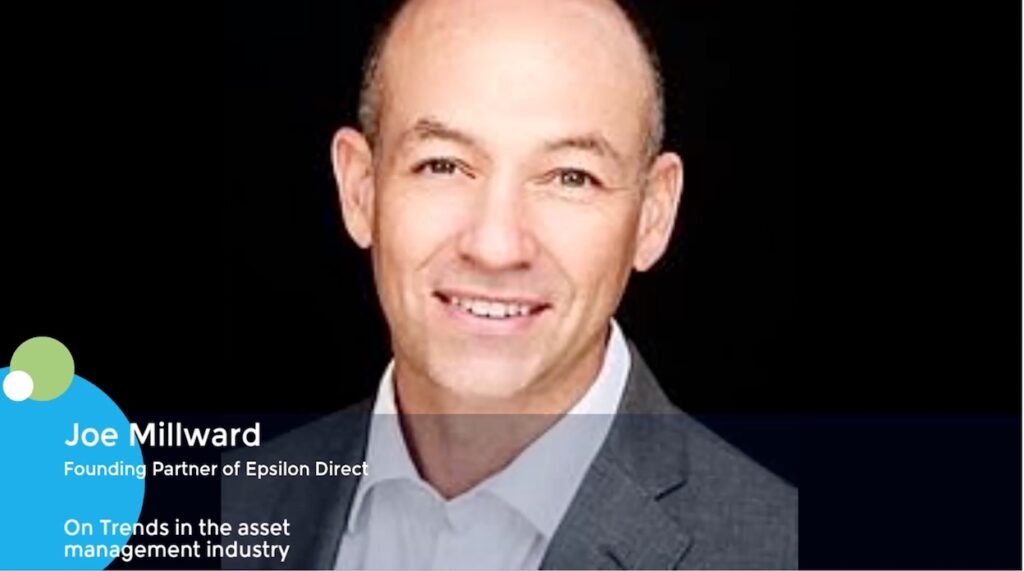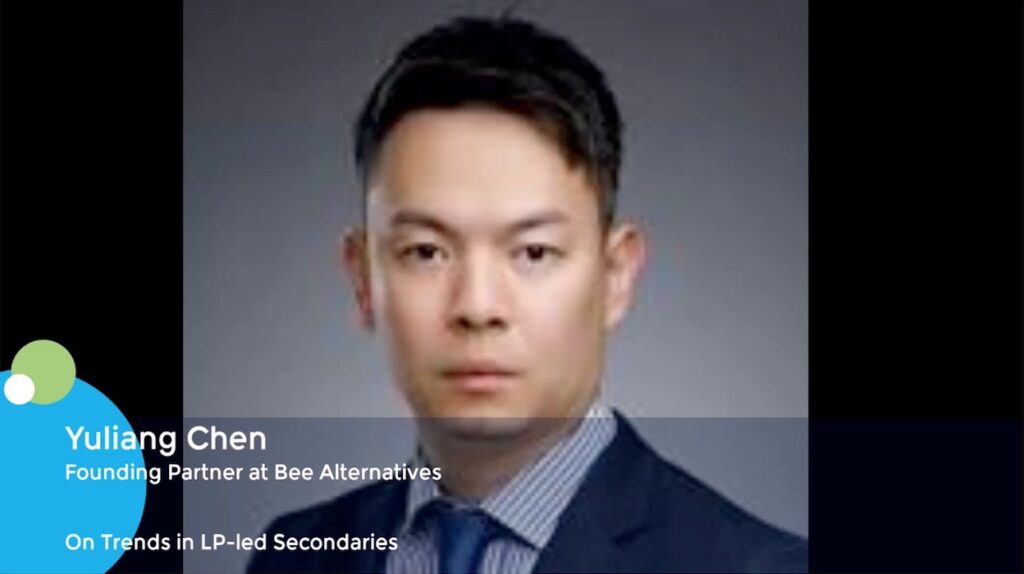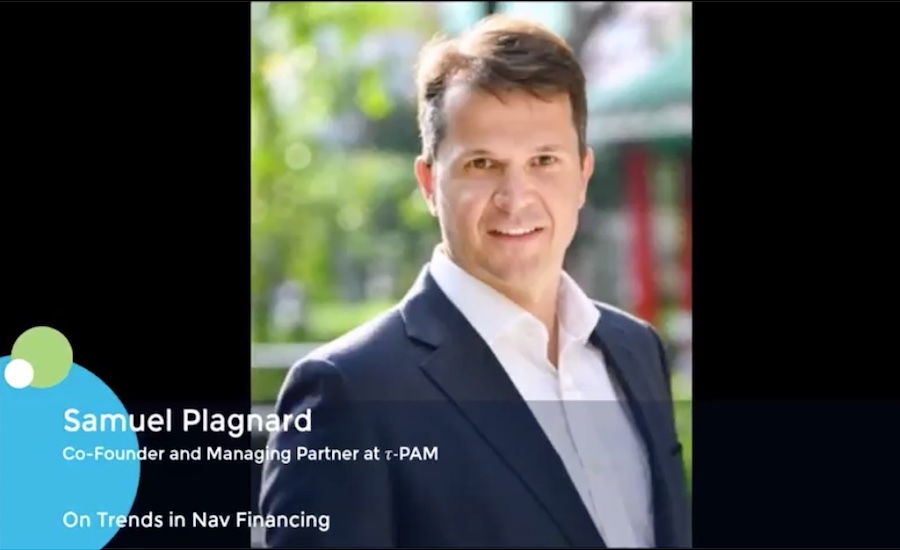PrimeMovers Equity’s Soo Jin Goh on investing in Southeast Asia’s evolving supply chains
Soo Jin Goh is co-founder, CEO, and a partner at PrimeMovers Equity, a Singapore-based private equity firm specialising in industrials. It was established in 2022 by Goh and Randy Teo, who previously co-led Platinum Equity’s Singapore office. PrimeMovers has deployed its debut fund across four control transactions in Southeast Asia. Last month, the firm signed a definitive agreement to acquire Singapore-listed Spindex Industries.
Q: How has the deal-making environment changed in response to US tariffs?
What started off with much uncertainty when the tariffs were first announced has now led us to a point where there are accepted new norms for doing business. Volatility has decreased – with the exception of markets like India – as countries have negotiated trade terms. Companies are adapting. At the end of the day, transactions are driven by the level of certainty. With a clearer understanding of the tariff situation and having had time to observe its impact on underlying businesses, there is now much more confidence in the market. That translates into a better deal environment.
Q: Your most recent investment, Excel Marco Industrial Systems, was announced a couple of weeks after the “Liberation Day” tariffs in April. Was this problematic?
Tariffs have existed for some time; the only recent change is that authorities have formalised and equalised them across Southeast Asia. For Excel Marco, there has been little impact. The company isn’t in manufacturing; rather, it provides engineering services globally. We continue to seek add-on acquisitions, pursue partnerships, and expand into new sectors like transportation and infrastructure. We are also looking at opportunities in the convergence of OT [operational technology], IT, and cybersecurity. Deep engineering services is set for rapid growth due to global infrastructure needs.
Q: Whereas Malaysia-based Engtek is a manufacturer with a meaningful US customer base…
Tariffs are here to stay. The positive trend is towards standardisation, not unilateral targeting, with many Southeast Asian countries seeing a common 19% tariff on categories like HVAC [heating, ventilation, and air conditioning] and automotive components. Our reaction is to strengthen operational excellence: focusing on lean and efficient manufacturing, best-in-class processes, relevant and timely information-based decision-making, and a top-tier back office, particularly in procurement. We maintain relevance by becoming a collaborative partner, moving beyond manufacturing to co-create solutions. For example, we redesigned Engtek’s SMT [surface mount technology] feeder trays using die-casting with selective machining instead of full machining. This a win-win: the customer received the same quality at lower cost, while we strengthened our competitive position.
Q: Across your portfolio, to what extent are you looking to diversify away from the US?
Many of our portfolio companies serve the US market, and I believe we will continue to do so. The US is still the world’s largest economy and consumer market – we cannot afford to ignore it and we would not want to bet against it, at least not in the foreseeable future. That said, we always look for diversity in revenue streams. Our companies can continue to serve the US market while also expanding into other markets, whether in Europe, Asia, or other developing countries. Nearly 50% of Engtek’s revenue is now generated outside the US.
Q: What about sourcing, particularly from China?
It really depends on what industry you are in. Engtek, for instance, is involved in aluminium die-casting. A lot of the raw materials we source locally. If you are into EMS [electronic manufacturing services], you will likely want to continue sourcing components from China. Global supply chains haven’t changed that much. China remains the world’s manufacturer. It is still extremely cost-efficient. And again, it is a market that you do not want to bet against. Chinese companies are also progressively moving outside of their domestic market, especially to Southeast Asia.
You must be nimble when running businesses – but you must first have the capacity to be nimble. If you have plants in China, the Philippines, Malaysia, and Singapore, you can tell customers that you have a ready-made solution if there’s a sudden policy shift and extra tariffs are placed on China. In business, there are always solutions. Policies often don’t affect just one company; they affect a country or an industry. The winners and losers are determined by who is more creative, more innovative, and, fundamentally, who has the basic capacity to operate in a different country.
Q: How might supply chain reconfiguration play out in a China context?
China-plus-one is a real and growing trend. Many customers approach us specifically to implement this strategy and diversify their supply chains. It is an opportunity for Southeast Asian manufacturers, and our portfolio companies have benefited from this. At the same time, China is evolving from best-in-class manufacturing to creating innovative products. Dreame is emerging as a potential competitor to Dyson in vacuum cleaners. Chinese automakers used to manufacture vehicles through joint ventures with the likes of Volkswagen. Now, Chinese brand cars are among the best in class.
Q: As a Southeast Asia-focused investor, how do you respond to this?
We are not a direct investor in China, but we do invest in businesses that may already have a physical presence in China. Spindex, for example, has plants in Shanghai and Nantong – but it is still fundamentally a Singapore-headquartered company. As a firm, we don’t have a physical presence in China, and I don’t think we have the relationships to source and execute great deals in China. We will remain focused on Southeast Asia, where we have deep relationships, knowledge, and strong business development capabilities. For us, China will be more a flanking strategy than a direct strategy.
Q: How do investment opportunities vary across Southeast Asia?
The manufacturing shift to Vietnam that began under the first Trump administration has been challenged in his second term by high tariffs and strict “anti-conduit” rules, requiring significant local production. However, a year into this new term, the tariff landscape has stabilised, providing greater clarity. Countries with traditional manufacturing strengths, like Malaysia and Singapore, are positioned to benefit. Nevertheless, it remains a fluid situation, and we must stay on our toes. From a deal perspective, we continue to find Southeast Asia a diverse and interesting market. We have completed deals in Singapore, Malaysia, and the Philippines. We will continue to favour these markets, as well as Thailand and Vietnam, due to our familiarity and their healthy manufacturing ecosystem.
Q: How do you approach bolt-on acquisitions, especially when dealing with family owners?
We follow a three Cs framework: right customer, right competency, or right capacity. We are scale-agnostic – add-on acquisitions could be USD 10m or USD 75m. With family-owned businesses, once you understand the motivations, the process is straightforward. Often, families face succession issues but want the business to thrive. Out of duty to their customers and staff, they are willing to support a smooth integration.
This was the driving force behind Engtek’s acquisition of Asaba, which was announced in February 2024. The Japanese sellers wanted to ensure their customers were not just maintained but better served by the right strategic partner. They were also deeply committed to their employees’ continued well-being. As a result, the founder continues to work with us nearly two years after the acquisition to ensure these objectives are met.
Q: What has been the impact of companies becoming more conscious of capex?
We are supportive of capex, but it takes time, particularly in industrial manufacturing. Moreover, while capex serves existing customers, it doesn’t inherently secure new ones. Add-on acquisitions are much more synergistic for your platform because they add competencies you may not have – and which capex alone cannot deliver – as well as new customers. When comparing capex and add-ons, it’s important to look beyond capacity based on ROI [return on investment] timelines. Once you factor in customers, competency, and potential revenue and cost synergies in an add-on acquisition, the economics change quite significantly.











